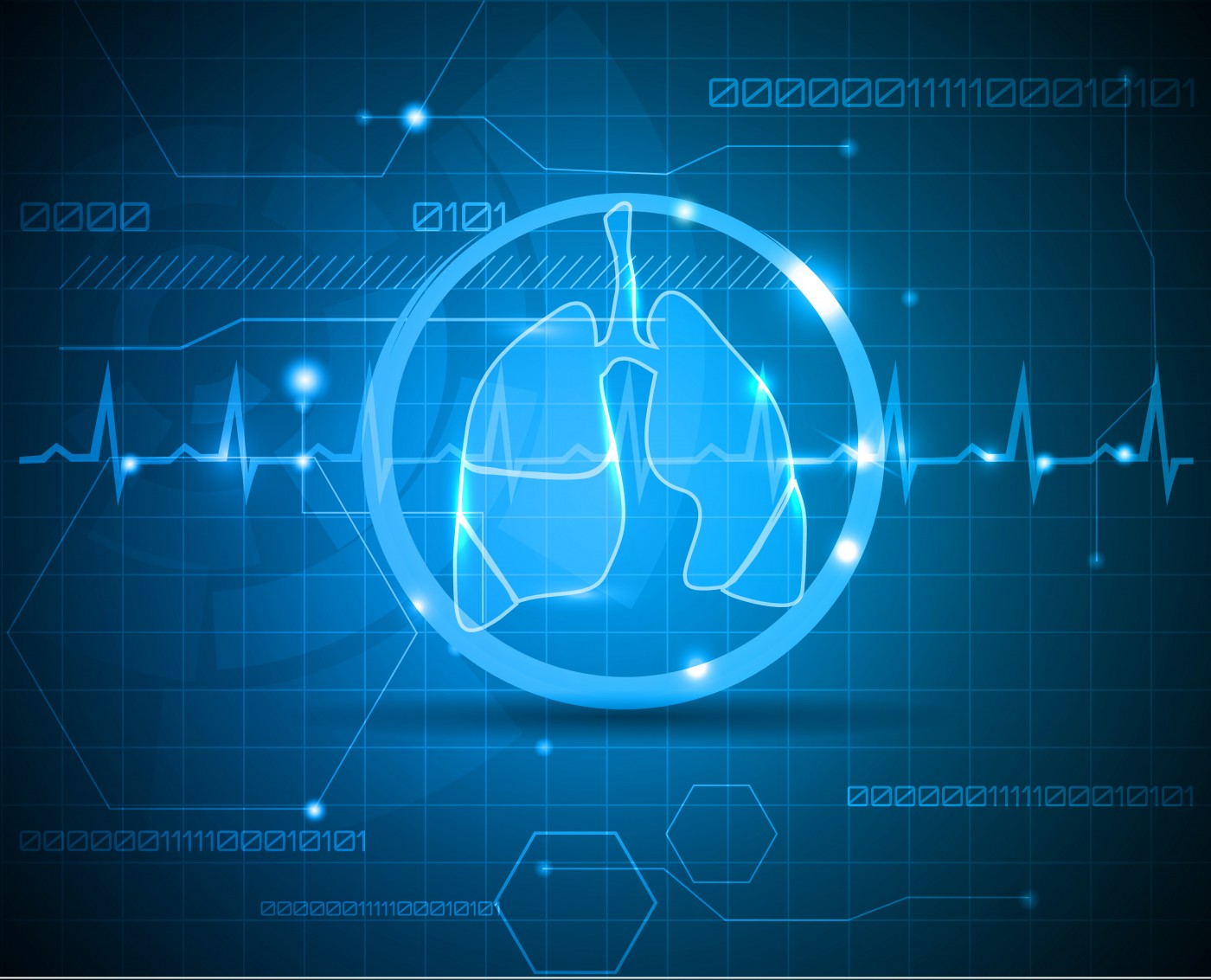Highlights on New Theory for Pulmonary Arterial Hypertension: The Metabolic Theory

Researchers at the University of Alberta in Canada published an article in the journal Cell Metabolism concerning pulmonary arterial hypertension (PAH) and details on a new theory suggesting that the disorder should be seen as a syndrome affecting several organs at the metabolic level. The study is entitled “The Metabolic Basis of Pulmonary Arterial Hypertension.”
PAH is a life-threatening condition characterized by the increase of blood pressure in the pulmonary arteries that supply blood to the lungs (more than 25 mmHg at rest). The disorder is progressive and is characterized by vascular remodeling of the pulmonary arteries that causes an increased pulmonary vascular resistance, which can lead to difficulties in breathing, right ventricular heart failure and eventually premature death. PAH has a poor prognosis and the therapies available are unable to reverse the disease or significantly prolong patient’s long-term survival. The disorder has a significant negative impact on the society as it affects relatively young individuals, has a high mortality and high therapy-associated costs.
The actual definition of PAH and the range of associated conditions has been changing over time due to the increased ability to diagnose the disease earlier and more accurately. The treatment approaches for PAH have also experienced a paradigm shift over the past 10 years. Initially, it was believed that vasoconstriction (the narrowing of blood vessel by muscles in their wall) was a key mechanism on which therapeutic approaches were based, such as vasodilators. Now, proliferative vascular remodeling is seen as the basis of PAH instead of vasoconstriction.
Although PAH has been linked to abnormalities within the pulmonary vasculature, there is growing evidence that extra-pulmonary tissues and cell types also exhibit anomalies, including the right ventricle, the spleen, immune system, bone marrow and skeletal muscle. These observations suggest that PAH instead of being a pulmonary arteries condition, should actually be interpreted as a syndrome — a set of medical symptoms correlated to each other.
Mitochondria & The Case for PAH as a Syndrome
The authors discuss in the study an emerging theory known as the metabolic theory of PAH, which proposes that the disease should be approached as a syndrome with multi organ involvement that results from a metabolic remodeling in the vascular cells of the pulmonary circulation system but also the extra-pulmonary tissues as well. Based on this theory, several metabolic targets and biomarkers have been suggested for the diagnosis and treatment of PAH, opening up the possibility of novel therapeutic options.
The metabolic theory of PAH also suggests that mitochondria play a key role in disease pathogenesis. Mitochondria are small organelles that are considered the powerhouses of cells where the energy for the body is produced. Apart from energy production, mitochondria also regulate multiple key components of cellular function, including factors linked to vascular remodeling, inflammation and apoptosis (cell death).
Vascular remodeling, a pro-inflammatory state and an anti-apoptotic phenotype, have all been identified in PAH, supporting the concept that PAH is linked to a mitochondria based-remodeling that underlies the disease’s pathology in both pulmonary and extra-pulmonary tissues.
RELATED: Researchers Discover Gene Involved in Pulmonary Hypertension Development
The tissues and organs affected by PAH were found to share a common metabolic anomaly linked to mitochondrial dysfunction: the suppression of the mitochondrial glucose oxidation (process through which sugar glucose is converted into energy) and a subsequent increase in cytoplasmic glycolysis. In this sense, the authors suggest that the increase in mitochondrial glucose oxidation may improve PAH pathogenesis. In fact, it has been shown that treatment with dichloroacetate or trimetazidine (both drugs that stimulate glucose oxidation) can improve the right-ventricular function, which is the most important predictive factor for PAH.
Other agents capable of modulating metabolism have also been suggested as potential therapeutic strategies for PAH. Overall, there have been reports on improved hemodynamics, right ventricular function, vascular remodeling, exercise capacity and, importantly, survival with this type of agents when tested in PAH animal models and human tissues. However, the clinical benefit of these agents still needs to be evaluated in patients with PAH. Some of them, as is the case of dichloroacetate, are currently being tested in human clinical trials.
A New Way To Assess PAH Prognosis
Interestingly, as the suppression of glucose oxidation and metabolic remodeling seem to be linked to PAH, imaging techniques already in use based on the visualization of glucose uptake through positron emission tomography (PET) can be successfully applied in both the right ventricular and the lungs of patients, two of the most important tissues in PAH, offering a potential prognostic tool for the syndrome based on metabolic biomarkers.
One question raised in the study is the cause of this apparent global metabolic dysfunction in PAH. The authors suggest that one possibility is the occurrence of germline polymorphisms in mitochondrial proteins that may affect the mechanisms regulated by the mitochondria, or the possibility that diffusible mitochondrial products could have both paracrine (in the vicinity) and systemic (widespread) effects in the body where circulating factor(s) could induce a mitochondrial suppression globally, especially affecting organs and tissues where glucose oxidation is more important.
The research team concluded that the metabolic theory of PAH is able to explain several aspects of the disease, and offers therapeutic targets that may potentially lead to disease reversal both in the lung context and in extra-pulmonary tissues. Furthermore, the authors also suggest that the metabolic theory provides potential imaging biomarkers as metabolism can be evaluated through several well-developed imaging approaches, including PET.
One important question that remains is whether new therapies are actually targeting the right pathways in PAH. There is a need to better understand and discover additional pathways that are involved in PAH pathogenesis, possibly offering new potential therapeutic targets for the disease.







